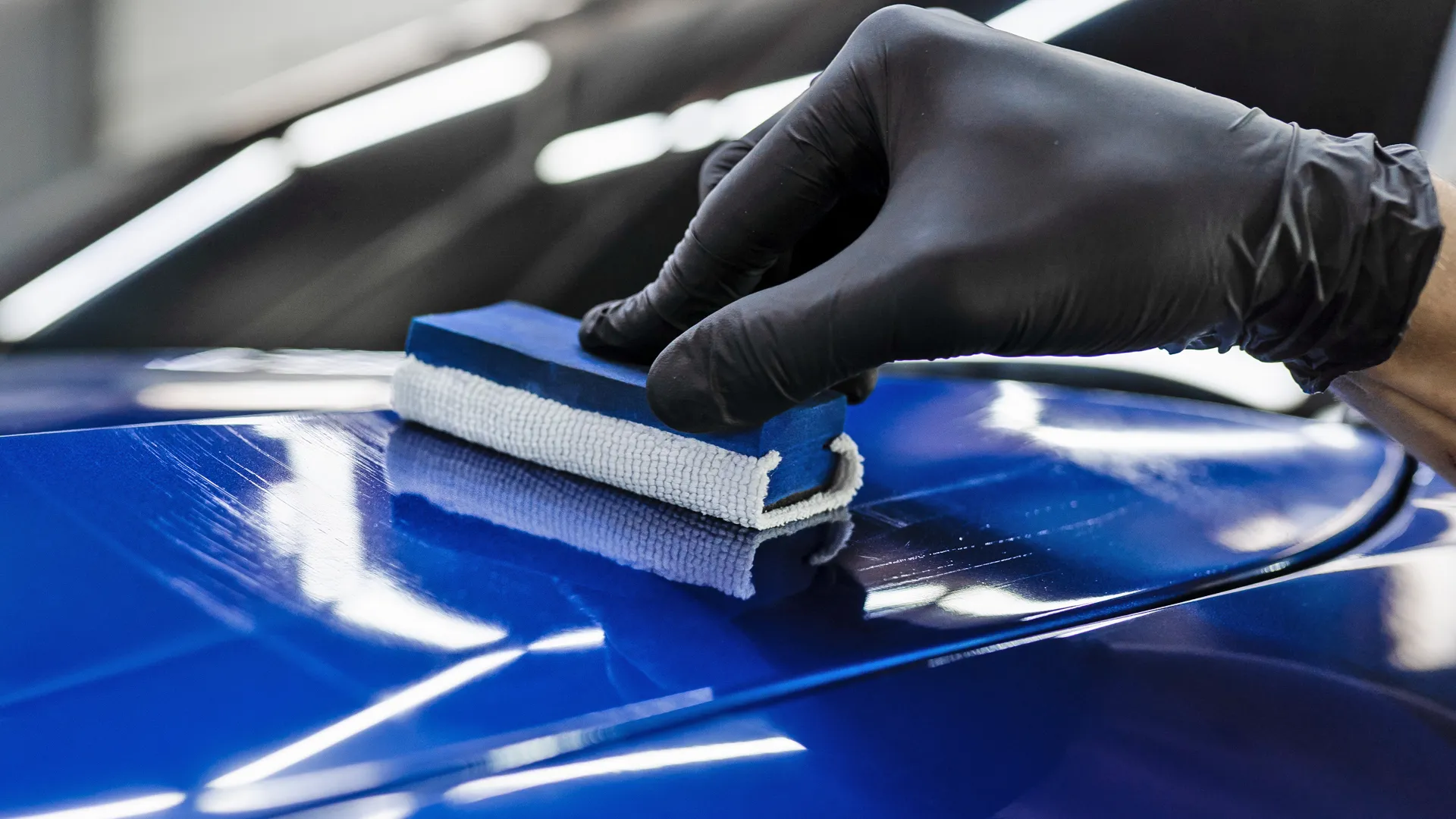Protect your car with long-lasting paint protection film for maximum scratch resistance.
Protect your car with long-lasting paint protection film for maximum scratch resistance.
Blog Article
A Comprehensive Overview to the Kinds Of Ceramic Coating on the marketplace
Ceramic coatings have actually arised as a pivotal service throughout various markets due to their unique buildings and applications. As we explore the distinctive qualities and applications of these finishings, the implications for performance and longevity end up being progressively obvious, increasing questions about which type may finest fit your needs.
Comprehending Ceramic Coatings
Ceramic coverings are advanced protective solutions that have actually gained popularity in numerous sectors, specifically in auto and aerospace applications. These finishings are composed of a liquid polymer that, when cured, creates a durable, hydrophobic layer externally of the substratum. This layer gives enhanced resistance to ecological impurities, UV radiation, and chemical exposure, thus prolonging the life and visual allure of the underlying material.
The essential component of ceramic coatings is silica, which adds to their firmness and sturdiness. The application procedure normally involves surface area prep work, application of the coating, and treating, which can be achieved through warm or UV light. Once treated, ceramic finishes show remarkable bonding buildings, enabling them to stick highly to a variety of surfaces, consisting of metals, plastics, and glass.
In enhancement to their protective functions, ceramic finishes additionally supply ease of maintenance. Their hydrophobic nature decreases the adherence of dust and grime, making cleansing simpler and less frequent. On the whole, the adoption of ceramic finishes represents a significant development in surface area protection innovation, giving both functional and aesthetic advantages throughout several industries.
Kinds of Ceramic Coatings
Different types of ceramic coatings are readily available, each created to meet certain efficiency needs and applications - Auto Detailing. One of the most common types include:
Silica-based Coatings: These coatings mostly include silicon dioxide and are known for their toughness and chemical resistance. They are widely used in vehicle and commercial applications.
Titanium Dioxide Coatings: Popular for their photocatalytic residential properties, titanium dioxide finishings are frequently applied in settings where self-cleaning and antifungal residential or commercial properties are desirable, such as in structure materials and automotive coatings.
Zirconia Coatings: Defined by their high-temperature stability and thermal resistance, zirconia coatings are utilized in applications such as turbine engines and high-performance auto parts.
Alumina Coatings: Showing outstanding firmness and thermal stability, alumina coatings are often utilized in wear-resistant applications, including cutting devices and commercial equipment. - Auto Detailing
Crossbreed Coatings: Combining the residential or commercial properties of numerous products, hybrid coatings supply enhanced performance qualities, making them suitable for unique and demanding applications.
Each type of ceramic coating offers distinct purposes, permitting individuals to choose one of the most ideal service based on specific environmental problems and performance requirements.
Benefits of Ceramic Coatings
Coatings play a crucial function in enhancing the efficiency and durability of surface areas across numerous industries. Ceramic coverings, in certain, deal numerous benefits that make them significantly prominent among suppliers and customers alike. Among the main benefits is their exceptional durability. These coverings are immune to scrapes, chemicals, and UV rays, guaranteeing that the underlying surface area continues to be secured in time.
In enhancement to resilience, ceramic coverings give excellent hydrophobic residential properties, enabling very easy cleansing and maintenance. This water-repellent nature minimizes the adherence of dust, grime, and various other impurities, which can lengthen the visual appeal and capability of the surface. Ceramic finishes can considerably boost thermal resistance, Click This Link making them ideal for applications that withstand high temperature levels.

Application Process
When using ceramic layers, a careful strategy is important to achieve optimal outcomes. A tidy surface makes certain proper bond of the finishing.
Once the surface is prepped, the following step is to apply the ceramic finishing. The finishing ought to be applied in slim layers, as thicker applications can lead to unequal finishes.
After application, the covering requires a particular treating time, typically ranging from a couple of hours to a full day, depending on the product. Throughout this time around, it is vital to avoid direct exposure to wetness or pollutants. A gentle buffing may be required after curing to boost the gloss and remove any kind of high areas. Following these steps faithfully will optimize the effectiveness and longevity of the ceramic covering, giving a sturdy protective layer for the surface.
Upkeep and Longevity
To make sure the longevity and efficiency of a ceramic finish, normal maintenance is important. Ceramic layers, recognized for their toughness and protective qualities, call for details care routines to maximize their lifespan and performance.
Along with regular washing, routine assessments are essential. Search for signs of wear or damages, such as hydrophobic properties lessening or surface flaws. If essential, a light gloss might be used to revitalize the covering without stripping it away.
Additionally, the application of a booster spray can boost the layer's hydrophobic results and recover its gloss. This is specifically valuable for finishings that have actually remained in use for a prolonged period. Ultimately, by sticking to these upkeep practices, one can substantially extend the life of a ceramic layer, ensuring that it continues to offer ideal security versus environmental aspects and keep the aesthetic appeal of the lorry.
Conclusion

Report this page